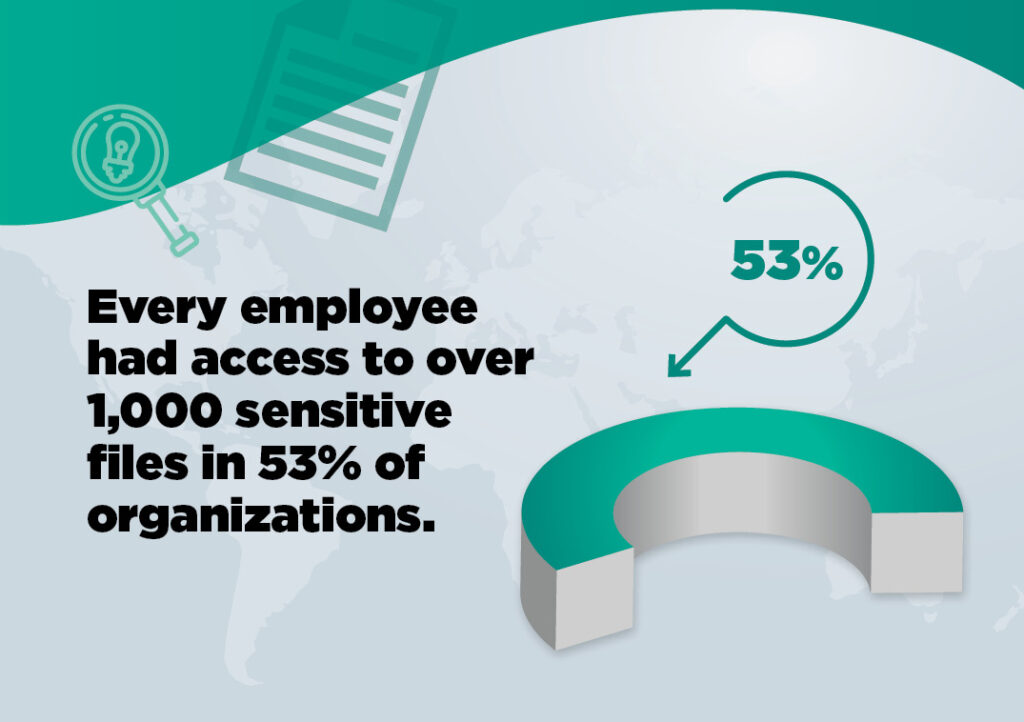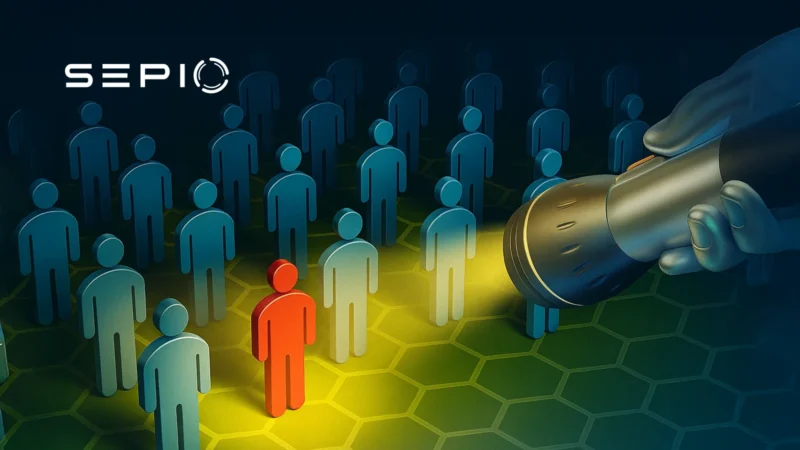What are Internal Threats?
Internal threats are cybersecurity risks that originate from within an organization. They involve individuals with authorized access to critical systems, data, or facilities, such as employees, contractors, or vendors. Unlike external attacks, these threats can be either intentional, like data theft or sabotage, or unintentional, such as accidental data leaks or mishandling of sensitive information.
Insiders already have legitimate access, so internal threats are hard to detect and stop. The risk is even higher when employees leave. Their careless or harmful actions can seriously damage an organization’s cybersecurity.
To lower this cybersecurity risk, organizations need strong strategies. These include strict access controls, ongoing monitoring, and advanced tools to detect internal threats.
Why Internal Threats are Important?
Employees are increasingly seen as a major cybersecurity risk. With access to sensitive data, there’s potential for misuse, especially when access is unrestricted. This raises the chances of data breaches and internal threats.
For instance, a recent Varonis report revealed that 58% of organizations give employees access to more than 100,000 folders, significantly heightening their exposure to data cybersecurity risks. Additionally, 22% of a company’s folders are often accessible to all employees, pointing to serious flaws in access controls. This unrestricted access intensifies the risk of internal threats, especially when hackers exploit these vulnerabilities to breach systems.

Types of Internal Threats
Intentional Internal Threats
Intentional insiders, like disgruntled employees, activists against the organization, or moles, pose serious cybersecurity risks. They often have privileged access and deep knowledge of the organization, making their attacks very effective and damaging. Whether motivated by revenge, ideology, or espionage, their actions can cause severe harm. For more details, see the CISA definition of insider threats and their insider threat mitigation guide.
While internal cyber incidents are a concern, they make up a smaller portion of overall cybersecurity risks. Vigilance remains crucial, as internal threats can come from anyone. Recognizing the warning signs is the first step in safeguarding your organization from these risks.
Unintentional, Negligence, and Careless Internal Threats
Internal cybersecurity threats often occur when an employee, through negligence or carelessness, unintentionally triggers a cybersecurity breach. This highlights the critical importance of addressing insider risks, particularly those stemming from unintentional actions.
Employees who are unaware of cyber risks or unable to identify social engineering tactics used by hackers can inadvertently become internal threats. Careless and uninformed staff can significantly increase the risk of cyberattacks, posing a major concern for organizations. This highlights the critical need for comprehensive training and awareness programs to reduce the likelihood of such incidents.
Take a moment to consider your colleagues, or even yourself. The everyday tools you rely on, like the mouse you used to click on this blog, could be hiding a hardware attack tool capable of injecting malicious keystrokes, stealing data, spreading malware, and more.
Endpoint Cybersecurity Risks and Hardware-Based Attacks
For some time now, organizations have equipped employees with company-owned equipment to support remote work. While this setup enables convenient access to internal networks and sensitive information, it also introduces serious internal network cybersecurity threats. Whether these devices are permitted for personal use typically depends on each organization’s cybersecurity policy. Yet regardless of usage rules, these devices often connect to critical systems and may store confidential data locally, making them high-value targets.
At first, this setup seems helpful. In times of disruption, like global crises, it allowed organizations to stay productive and keep operations running. But often, that’s where the benefits end.
Endpoints remain vulnerable to many advanced hardware attacks. One of the biggest internal risks is when harmful hardware is secretly plugged into USB ports. These spoofed devices often pretend to be legitimate Human Interface Devices (HIDs), so traditional security tools can’t detect them. Once connected, they pose a serious internal network threat by giving cybercriminals direct access to the endpoint. Attackers can then steal sensitive data, inject malware, carry out corporate espionage, or launch malware, depending on the access level of the device. These rogue hardware attacks often go unnoticed, bypassing usual cybersecurity measures and leaving organizations exposed from within.
Remote Endpoints
Internal threats, especially those involving employees and remote access, are increasingly challenging for organizations. Each alone is a threat, but the risk rises sharply when they combine. For example, when an employee leaves, their remote access is usually revoked. But what about sensitive data stored on their device? Surprisingly, 65% of organizations cannot wipe devices remotely. This means former employees may keep access until the device is physically recovered. This creates a serious cybersecurity gap that organizations must fix to protect their networks and data.

Now, imagine the risks. A recently fired employee, upset and feeling they have nothing to lose, still has access to sensitive data on their device. In this situation, a hardware attack becomes tempting. Rogue devices are cheap, stealthy, and can bypass traditional cybersecurity. Once connected, they stay hidden while stealing data, injecting malware, or allowing remote access. This shows the danger posed by a malicious insider who has both motive and means.
Internal Negligence and Sensitive Data Exposure
Internal threats aren’t always caused by bad intentions. Former employees who mean no harm can still cause serious risks through carelessness. Without cybersecurity awareness, a former employee might throw away their device without realizing sensitive data is still on it. Not being able to remotely wipe corporate data is a big weakness. What if the device falls into the wrong hands, is sold online to a hacker, or given to someone who connects a risky device by mistake? The possibilities are many, and the consequences can be severe. As internal threats rise, the need for strong endpoint cybersecurity grows more urgent.
Endpoint and Network Cybersecurity
Sepio’s platform provides organizations with complete visibility into all hardware assets within their infrastructure, including remote endpoints. By leveraging Physical Layer fingerprinting technology and Machine Learning, Sepio generates a unique digital fingerprint for each device based on its electrical characteristics. These fingerprints are compared against a database of known vulnerable and rogue devices. This allows for real-time identification and mitigation of internal network cybersecurity threats, ensuring that unauthorized or compromised hardware is detected and blocked before it poses a risk to the organization.

Sepio’s platform lets system administrators set and enforce strict hardware access policies. When a device breaks these rules, Sepio automatically starts a mitigation process. It instantly blocks rogue hardware and stops potential cybersecurity threats.
For example, one client successfully stopped an internal cybersecurity threat by using Sepio’s Asset Risk Management (ARM) mode for a specific employee’s device. This action made the device useless, whether the employee meant to cause harm or just made a mistake.
Many organizations find it hard to remotely wipe sensitive data from unmanaged or offsite devices. But a solution does exist. Sepio offers the missing layer of control, your secret weapon against internal threats.
Addressing Internal Threats with Sepio
Gain full visibility into every known and shadow asset. Identify, prioritize, and mitigate risks before they escalate. Talk to a Sepio expert to discover how our patented technology can help you take control of asset risks and strengthen your internal threat cybersecurity posture.






